| The Royal Château of Amboise, today the
property of the Saint Louis Foundation presided over by His Grace the Count of
Paris, relates two thousand years of history. During the dark centuries from
ancient times to Middle Ages, wooden and stone fortifications flanked the rock
spur of Amboise between the Loire on the northern slope and the Amasse river to
the South. Victim of successive attacks by the Dukes of Anjou and the Counts of
Blois, it was besieged by Philippe-Auguste in 1234. The château
was entrusted to a vassal of the king: the House of Chaumont-Amboise. In 1431,
Louis d'Amboise was condemned to death for having plotted against La Trémouille,
the favourite of Charles VII. The traitor was pardoned and his château
restored to the Crown. Valois and Bourbons honoured Amboise with their presence
until the Revolution. Louise-Marie-Adelaide de Bourbon-Penthièvre
passed on the prestigious residence to her son Louis-Philippe in 1821, the château
henceforth remaining the legacy of the House of France. |
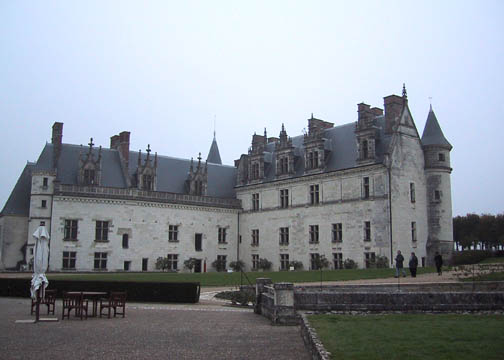 |
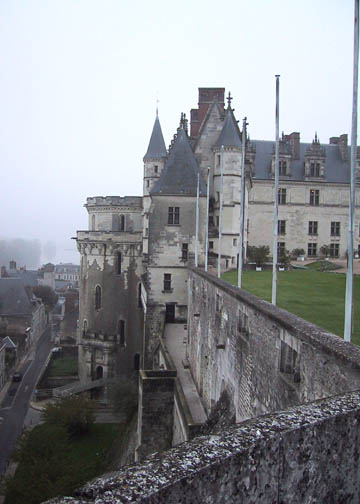 |
| The refuge of Charles VII at Bourges marked the beginning of the
installation of the kings in the Loire Valley. The court was set up at Loches
and Chinon while fortified Amboise (15th century watch-tower) housed the
"Francs-Archers". Between façade and watch-tower stands the residence of the
Queen and the Dauphin Louis XI, who was born in Amboise in 1470. Access is via
the approach ramp and drawbridge. The chapel, set astride the surrounding wall,
also served as oratory. On 1st August 1469, the king instituted the Order of
Saint-Michel in the collegiate church of Saint-Florentin (destroyed in the 19th
century), located in the park of the château. In 1492 the king Charles VIII
levied a tax to finance the construction of two ranges of buildings and a
walkway...In 1496, on his return from the Italian campaign, work was well in
hand on a number of projects, including the round, "Tour des Cavaliers" or
horsemen's tower, and the king's apartments. The Italian style took hold: the
château was opened out to the East onto a garden designed by Pacello da
Mercogliano. |
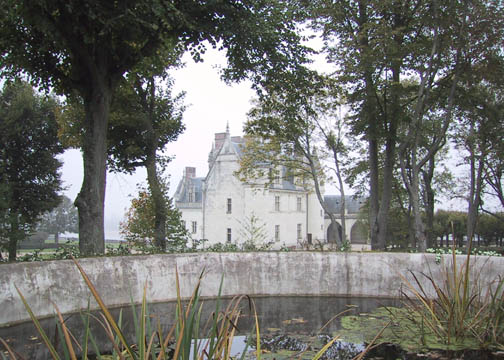 |
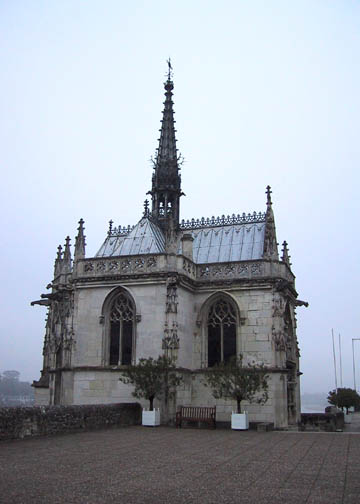 |
| King Louis XII resided in his fief of Blois, while his young
cousin and heir, François d'Angoulême was brought up and
educated in Amboise. He resided with his mother Louise de Savoie in the new wing
built at right angles. Heir apparent to the throne, the carefree childhood years
of François I were followed by victory at Marignan and a bevy of Court
favourites (François de Châteaubriand). The fascination for the Renaissance,
with its classical influence and humanist ideals, brought with it a radically
different style in decoration and architecture: the East façade of the
perpendicular wing was enhanced by pilasters, string-courses, cornices and
scallop mouldings between the dormers, influenced by the designs of Italian
architects. Invited to Amboise in 1516 by François I, where he was lodged in Le
Clos Lucé and granted a pension, Leonardo da Vinci
perpetuated the mystique and organised the royal festivities. He died on 2 May
1519 after having expressed the desire to be buried in the collegiate church of
the Château d'Amboise. |
 |
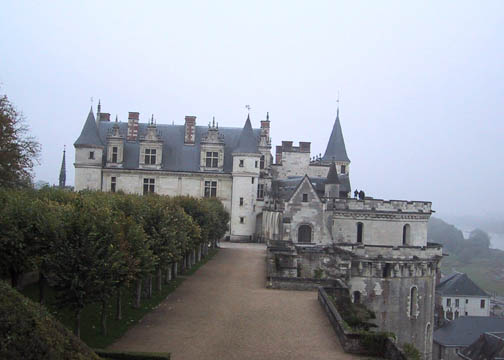 |
Henry II in line with fashionable Italian design, doubled the
building on the eastern side, with its antechamber - bedchamber - privy and
wardrobe. The château was at that time five times bigger than it is today.
Catherine de Médicis made her joyous entry into numerous
royal cities, hoping for a reconciliation between Catholics and Protestants.
During the religious turmoil, Amboise kept a strategic silence.
The wrought iron balcony of the château bears witness to the Amboise
Conspiracy of 1560, an ill-fated Huguenot plot against François II. Visitors are
shown where the corpses of 1200 conspirators were hung from iron hooks on the
façade of the château.
The Tour des Minimes, the château's original entrance, is famous
for its huge spiral ramp up which horsemen could ride to deliver provision. |
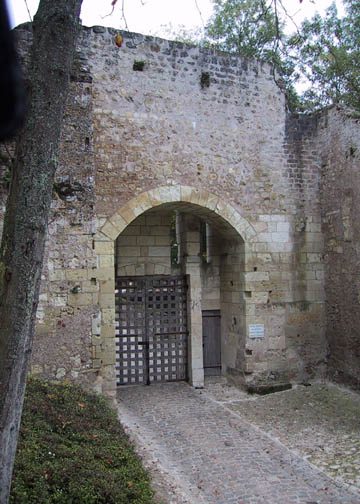 |
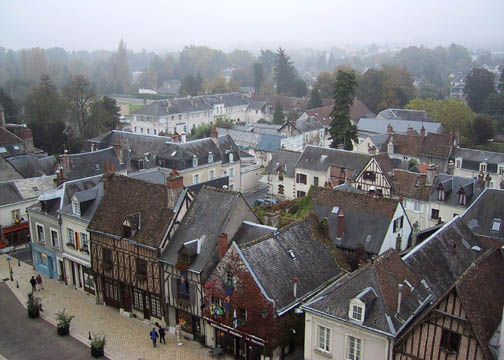 |
| Open daily all year round except 25 December and 1 January, varying closing times. Tel.: 33+ (0)2 47 57 00 98 |







